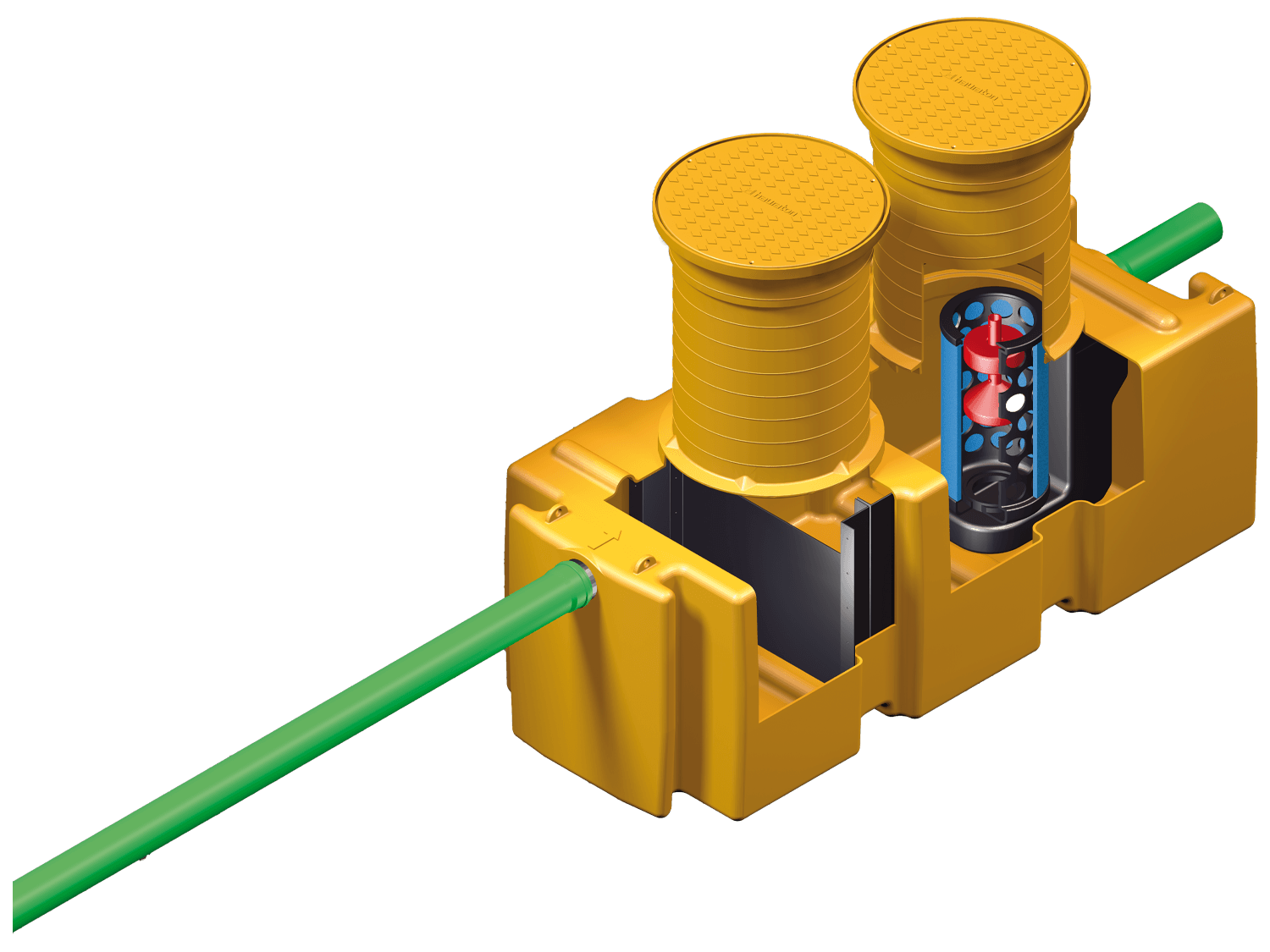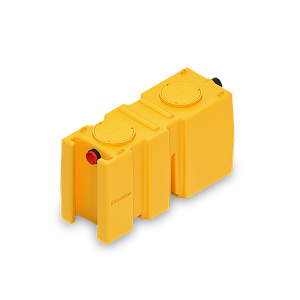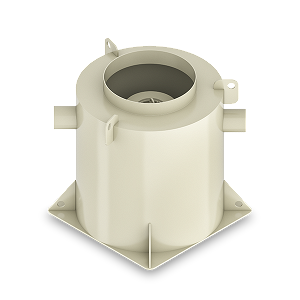The principle of the separators is based on the combined action of gravity and the coalescence phenomenon. As they pass through the coalescing media, oil and petrol particles stick to it. As more droplets accumulate, they aggregate into larger agglomerates, break away from the filter cartridge and float to the surface of the tank, where they remain until they are removed during periodic cleaning. The use of a coalescing cartridge significantly increases the effectiveness of rainwater treatment.
Coalescence treatment efficiency
Treatment of rainwater from petroleum substances using the coalescence process is considered to be one of the most effective. The water discharged from the separator must meet the parameters suitable for wastewater discharged into waters or the ground and the parameters to be met by wastewater discharged into municipal sewerage systems. The maximum permissible value for oil-derived substances in wastewater discharged into waters or the ground and combined sewers is 15 mg/l. Pretreatment parameters for HAURATON separators:
-
Class I separators according to EN 858
-
Maximum permissible residual oil content 5 mg/l
-
Purification efficiency of up to 99.88%
Comparison of separators
Catchment area, load class, available space for installation or separator capacity are all aspects that need to be taken into account when selecting a suitable treatment device. The following comparison shows the main differences our two petroleum separators made of PE. Check which separator has the right parameters for your project.
1,5 – 15
4-50
30 – 50
30 – 300
5 x by-pass
5 x Bypass; 10 x Bypass
DN110, DN160, DN200, DN315
DN110, DN160, DN200, DN315, DN400, DN500
- Residential and commercial buildings
- Underground garages
- Residential and commercial buildings
- Industrial sites
- Underground garages
How do coalescence separators work?
Application areas of AQUAFIX hydrocarbon separators
Hydrocarbon separators separate water and light mineral liquids, so they are most commonly used at petrol stations, car washes, car showrooms and workshops, car parks, parking areas, distribution centres, fuel storage areas, car scrap yards, transformer stations, oil processing plants, refineries, machinery manufacturing plants, ports, marinas, water treatment facilities, etc.


